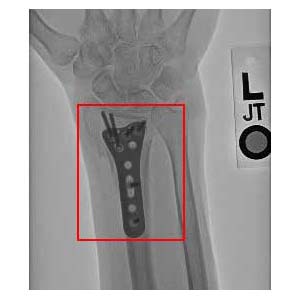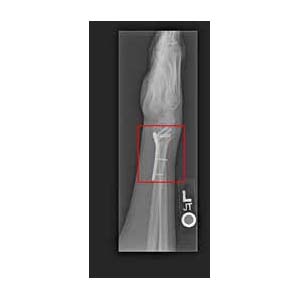
Fahad Ahmed Khan
Aspiration Statement
I plan to do my Masters in a few years in one of the sub-fields of Artificial Intelligence. Until then, I’d like to gain as much professional experience as possible. I’m interested in companies that work towards the betterment of society and the human experience using Artificial Intelligence or Computer Science.
Core Skills
- Kotlin
- Java
- Python
- Test Driven Development
- Spring Framework
- Amazon Web Services (AWS)
- Terraform
- Microservices
- Full-Stack Development
- Extreme Programming
Academic Awards / Achievements
- Runner-up @ IBA DS Hackathon IBA + Inqline , Apr 2019
- High Academic Achievement Scholarship, Fall 2018
- Dean’s List, Habib University, Spring 2016, 2017, 2018
- President’s List, Habib University, Spring 2017
Experience
Leadership / Meta-curricular
- Habib University Runway Radio, Student Employee, 2018
- United Energy Pakistan Ltd., Intern, 2018
- Fiverr, Freelance Developer, 2018-2019
Internship / Volunteer Work
- Bolt - Software Engineer [Sep 2021 - Present]
- Careem - Software Engineer [Aug 2019 - Aug 2021]
- Fiverr - Freelance Developer [Dec 2018 - Apr 2019]
- Habib University Runway Radio, Head Researcher, 2018
- TechTree, Intern, 2018-2019
- Habib University DSSE Summit, Marketing and Sponsorship, 2018
Final Year Project
Project Title
Abnormality Detection in Musculoskeletal Radiographs
Description
The focus of my project is the usage of artificial intelligence in medicine. I’m working on a predictive machine learning model that is able to tell if an X-ray study is abnormal or normal. Each study has one or more X-ray images belonging to a particular body part. In the case of multiple X-ray images, each image looks at the body part from a different angle. The model then outputs the probability of that study being abnormal. The architecture that I use to predict the label is an ensemble of different Convolutional Neural Network models. This classifier is then extended into a detector using Class Activation Mappings that can identify the part of the X-ray image that has the abnormality

